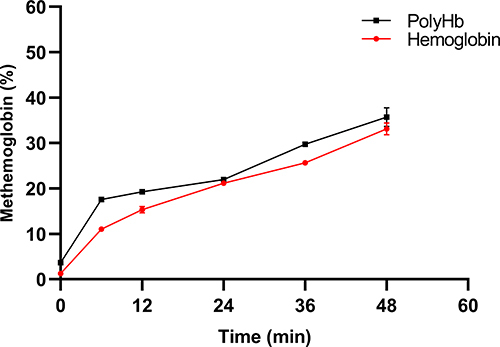Figures & data
Figure 1 Schematic diagram of PolyHb preparation via solid-phase adsorption (A). Chemical process of PolyHb preparation (B).
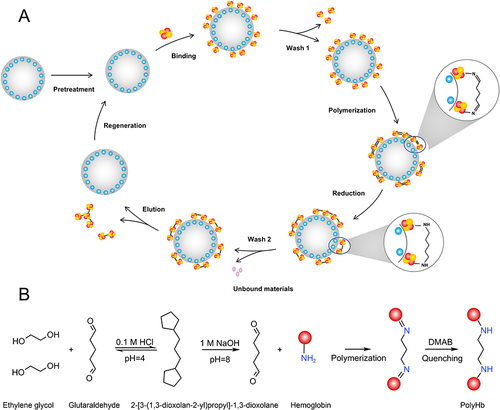
Figure 2 Adsorption capacity of hemoglobin on the Q Sepharose Fast Flow (Q FF) before and after pretreatment. *P < 0.05.
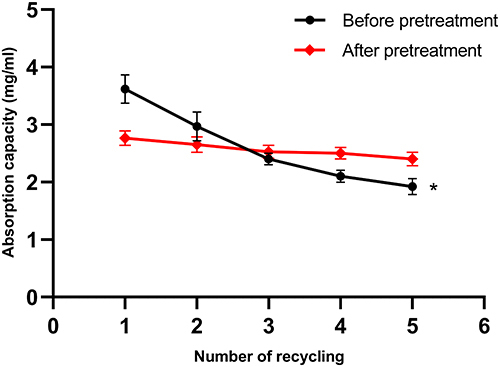
Figure 3 Effects of polymerization time on hemoglobin polymerization on resin. Profiles of PolyHb at different polymerization time (A). Proportions of unpolymerized hemoglobin at different polymerization time (B). Hemoglobin was polymerized under conditions of molar ratios of mGA: mEC = 1: 12 and mHb: mGA = 1: 270 at pH = 8 at different time. ***P < 0.001, ****P < 0.0001.
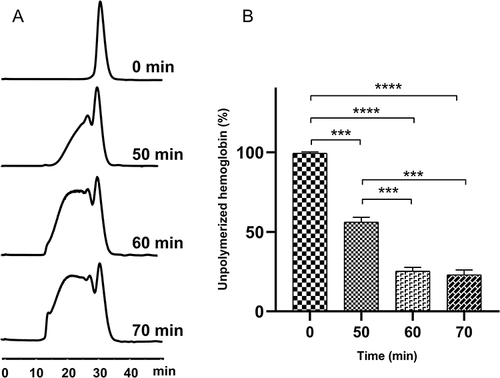
Figure 4 Effects of different molar ratios of GA to EC on hemoglobin polymerization on the resin. SEC chromatograms of PolyHb with different molar ratios of GA to EC (A). The proportions of unpolymerized hemoglobin with different molar ratios of GA to EC (B). Hemoglobin was polymerized under conditions of molar ratio of mHb: mGA = 1: 270 at pH = 8 for 60 min with different molar ratios of mGA: mEC. *P < 0.05, **P < 0.01, ***P < 0.001, ****P < 0.0001.

Figure 5 Effects of pH on hemoglobin polymerization on resin. SEC chromatograms of PolyHb at different pH (A). Proportions of unpolymerized hemoglobin at different pH (B). Hemoglobin was polymerized under conditions of molar ratios of mGA: mEC = 1: 20 and mHb: mGA = 1: 270 at pH = 8 with different pH. ***P < 0.001, ****P < 0.0001.
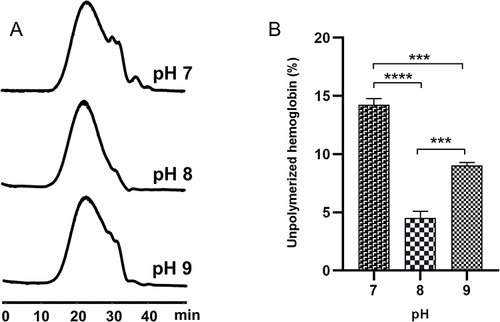
Figure 6 Effects of the molar ratio of hemoglobin (Hb) to GA on hemoglobin polymerization on resin. SEC chromatograms of PolyHb with different molar ratios of Hb to EC (A). Proportions of unpolymerized hemoglobin with the different molar ratios of Hb to EC (B). Hemoglobin was polymerized under conditions of molar ratio of mGA: mEC = 1: 20 at pH = 8 for 60 min with different molar ratios of mHb: mGA. ***P < 0.001, ****P < 0.0001.
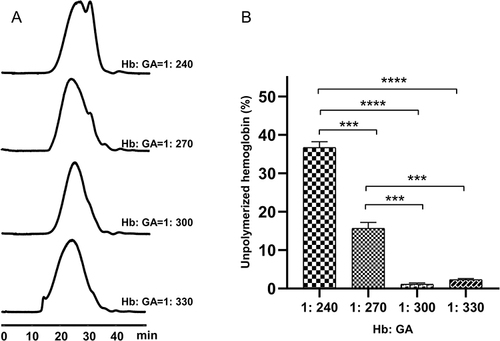
Figure 7 Effect of different resins on hemoglobin polymerization. Capacity of adsorbing hemoglobin on the different resins (A). SEC chromatograms of PolyHb determined via the SuperdexTM 200 column (B). SEC chromatograms of PolyHb determined via the HiLoadTM 16/600 Superdex 200 prep-grade column (C). Proportions of unpolymerized hemoglobin on the different resins (D). Particle sizes of hemoglobin and PolyHb (E). *P < 0.05.
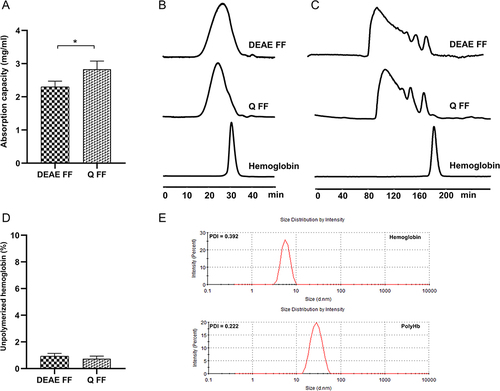
Table 1 Characteristics of Hemoglobin and PolyHb
Figure 8 Blood pressure response of PolyHb and Voluven® in mice (n = 6). Systolic blood pressure (A) and mean arterial pressure (B) of PolyHb. Systolic blood pressure (C) and mean arterial pressure (D) of Voluven®. Values are mean ± SD.

Table 2 Arterial Blood Analysis in Mice after Infusion of PolyHb or Voluven®
Figure 9 Effects of different polymerization methods on hemoglobin polymerization. SEC chromatogram of the molecular weight distribution of PolyHb polymerized via GA released from 2-[3-(1,3-dioxolan-2-yl) propyl]-1,3-dioxolane (A). SEC chromatogram of molecular weight distribution of PolyHb polymerized via GA on resin (B). Proportions of unpolymerized hemoglobin using both SPA and acetal (C).
![Figure 9 Effects of different polymerization methods on hemoglobin polymerization. SEC chromatogram of the molecular weight distribution of PolyHb polymerized via GA released from 2-[3-(1,3-dioxolan-2-yl) propyl]-1,3-dioxolane (A). SEC chromatogram of molecular weight distribution of PolyHb polymerized via GA on resin (B). Proportions of unpolymerized hemoglobin using both SPA and acetal (C).](/cms/asset/fb7080bf-b342-4e1e-87df-f08052d1a286/dijn_a_12156667_f0009_c.jpg)


